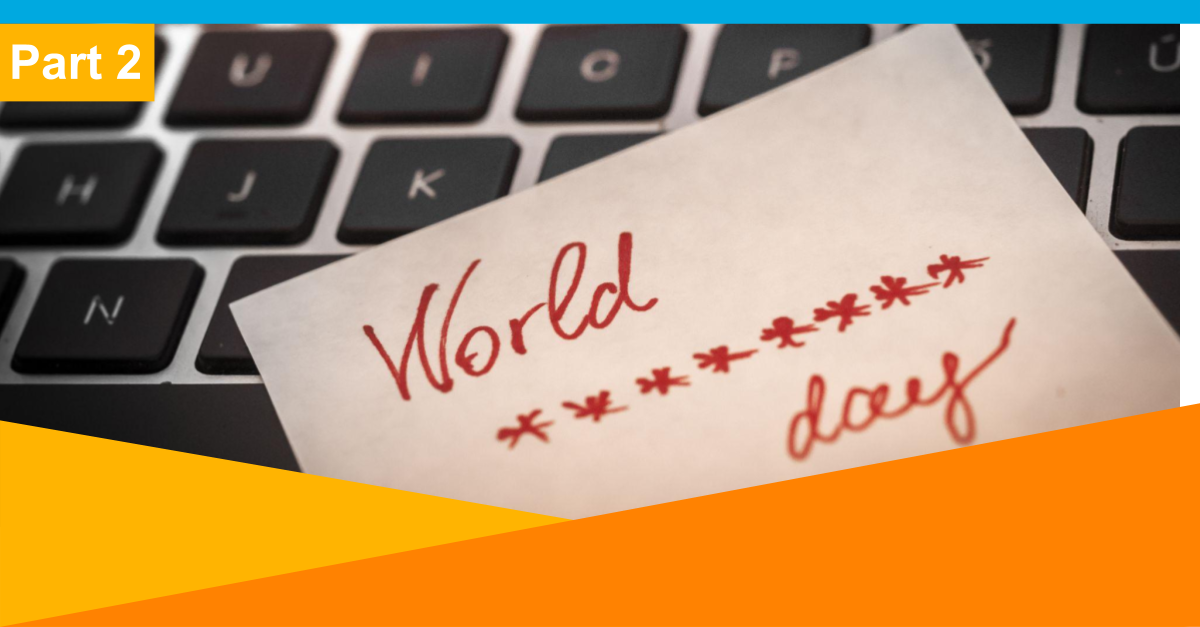
Passwordless authentication is a method in which a user can log into a computer without entering and remembering a password. This method uses authentication factors — other than written passwords.
For example, OneLogin provides the option of using passwordless login workflows through its Smart Flows feature. Instead of using actual written passwords, users are authenticated because they have something in their possession, such as a phone equipped with OneLogin Protect, which only they can access using something they know (such as a PIN) or something they are (such as a facial scan or a fingerprint).
Using this method of security makes perfect sense in today’s cyber world because passwords are extremely dangerous. Not only are they easy to guess, but individuals consistently reuse their passwords. In fact, more than 80 percent of breaches involve weak or stolen credentials, and more than 75 percent of employees reuse their passwords.
In addition, usernames and passwords unlock access to corporate systems, data, and Intellectual Property (IP). And as a result, credentials are a main target of cyber criminals because they don’t provide strong security for organizations trying to protect their confidential data.
While the need for extra security measures is quite clear, our recent survey of technology leaders found that many organizations are not yet using passwordless authentication flows.
In fact, only 18 percent of organizations currently provide passwordless authentication. At the same time, 20 percent of organizations do not currently provide passwordless authentication, but plan to implement this security measure in 2021, while 40 percent plan to implement it at some point in the future. And 22 percent of respondents said their organizations do not plan to implement passwordless authentication.
There is no question that passwordless authentication is a win-win for organizations. This login method allows you to configure your login without the use of a password. Simply put, this type of authentication eliminates the problem of using unsafe passwords—and organizations are beginning to realize the need for these strict safety measures.
Moving to this safer method is a smart move for organizations. Users no longer need to keep track of numerous passwords, while organizations don’t need to store passwords, which equates to increased security and fewer data breaches.
Check out the first article in our World Password Day series!

